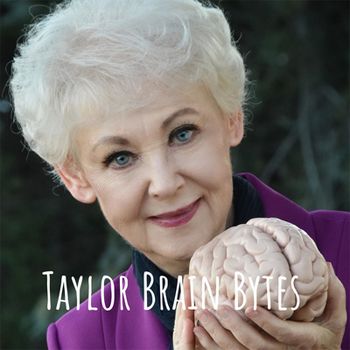Prebiotics and Probiotics
Q. I know about probiotics but what are prebiotics? Does the brain need them both? And what do you do?
A. You are not alone. Many people know about probiotics but not necessarily prebiotics, and they are very different. Estimates are that the human microbiome contains more than 5,500 different strains of bacteria—that may equate to something on the order of 40 trillion individual bacteria. That’s a sizable number by any stretch of the imagination. Studies have shown that the overall health of the brain and body are impacted negatively or positively by the health of the microbiome in a person’s gut or Gastrointestinal System (GI). This impacts your energy levels, weight gain, immune system effectiveness, memory functions, the presence of inflammation, ability to focus, indigestion, and so on. It’s not a matter of probiotics OR prebiotics. Both are important as they work together.
Probiotics are helpful and very essential live bacteria that are found in foods such as miso, jicama, yogurt, kombucha, leeks, sauerkraut, dandelion greens, and so on, that help keep the gut bacterial population at an appropriate level. Probiotics are believed to be sensitive to both heat and stomach acid. There are probiotic supplements available. However, choosing one can be a challenge as there are concerns about the types of strains of bacteria available and their viability in a bottle of capsules that may sit on a shelf for a long time. Like most everything else, probiotics need appropriate food. Bottom line, probiotics eat prebiotics.
Prebiotics are plant fibers found in fruits and vegetables and that do not get digested in the stomach—they are resistant to heat and stomach acid. Because they did not get digested in the stomach, once in the small intestine these plant fibers begin to ferment. The probiotics in the small and large intestines eat the fermented prebiotic fibers, which stimulates the growth of the probiotics and helps increase the production of healthy bacteria. According to Columbia University Irving Medical Center, the fermented prebiotic fibers change into short-chain fatty acids that may be protective against diseases such as colon cancer. Prebiotic foods are those high in complex carbohydrates and plant fibers including artichokes, asparagus, apples, berries, onions, sweet potatoes, broccoli, bananas, legumes such as lentils and chickpeas (think humus), carrots, barley, whole grains, raw oats, and so on.
So, in response to your questions—and thank you for them—the brain and body need both prebiotics and probiotics. They are different from each other and work together to help maintain the health of your microbiome, the functionality of your gastrointestinal system, and consequently the health of your brain and body. Health plant fiber (prebiotics) has been linked with reducing hunger through satiation, a reduction in the hormone ghrelin that can contribute to maintaining weight within an optimum range and reducing inflammation that can help reduce one’s risk for diseases and conditions that are fueled by inflammation. What do I do? Almost without exception I ingest several prebiotics every day. I add ½ cup of berries and a tablespoon of organic rolled oats to my morning smoothie. Later in the day I will often drink two ounces of Kombucha or have some hummus with crackers at lunch.




